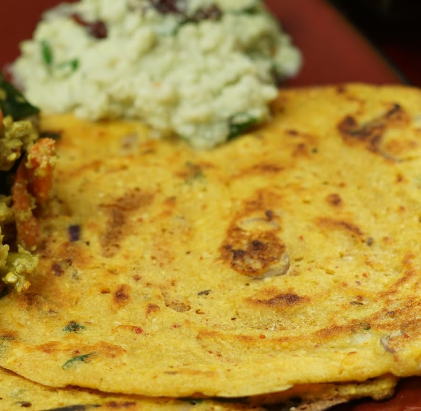
Red Gram is known to enrich the soil it grows in.
GEEK TALK
Cajanus cajan
BUT WE TALK
Pigeon Pea, Toor dhal, Tuvaranm parappu, (Tam.) Congo pea & kandi pappu (Tel.)
DID YOU KNOW?
Red grams/Pigeon peas are one of the important pulses in India. They are both a food crop (dried peas, flour, or green vegetable peas) and a forage/cover crop. The fresh leaves are used as a vegetable.
Red Gram is widely known for its use as food in the form of immature pods, immature seeds, and the mature seeds. The seeds are used whole, dehulled, or ground to a flour.
In the Caribbean, people often eat the seed as the green (immature) pea, but it is mostly processed into a dried split-pea (“daal”). The dried husks, seeds and broken dhal are used as cattle feed in India.
In India, Pigeonpeas are blended with lentils to make daal, a popular soup-like lentil dish. African cuisines often prepare pigeon peas with coconut broth and peppers and in Ethiopia, the young shoots and leaves are cooked and eaten.
Pigeon pea is originated from Asia and traveled to Africa.
Pigeon peas contain high levels of protein and important amino acids such as methionine, lysine, and tryptophan. Research has shown that the protein content of the immature seeds is of a higher quality.
In combination with cereals, pigeon peas make a well-balanced human food.
Pigeonpea is considered an environmentally beneficial plant as it can enrich the soil and also used for intercropping and agroforestry to shade young coffee trees and forest seedling nurseries as a windbreak. It is also an ideal foraging crop for honeybees.
KITCHEN PHARMACY
Recipes using this ingredient
Adai

A hearty thick pancake, this is a nutritious blend of lentils and rice....

